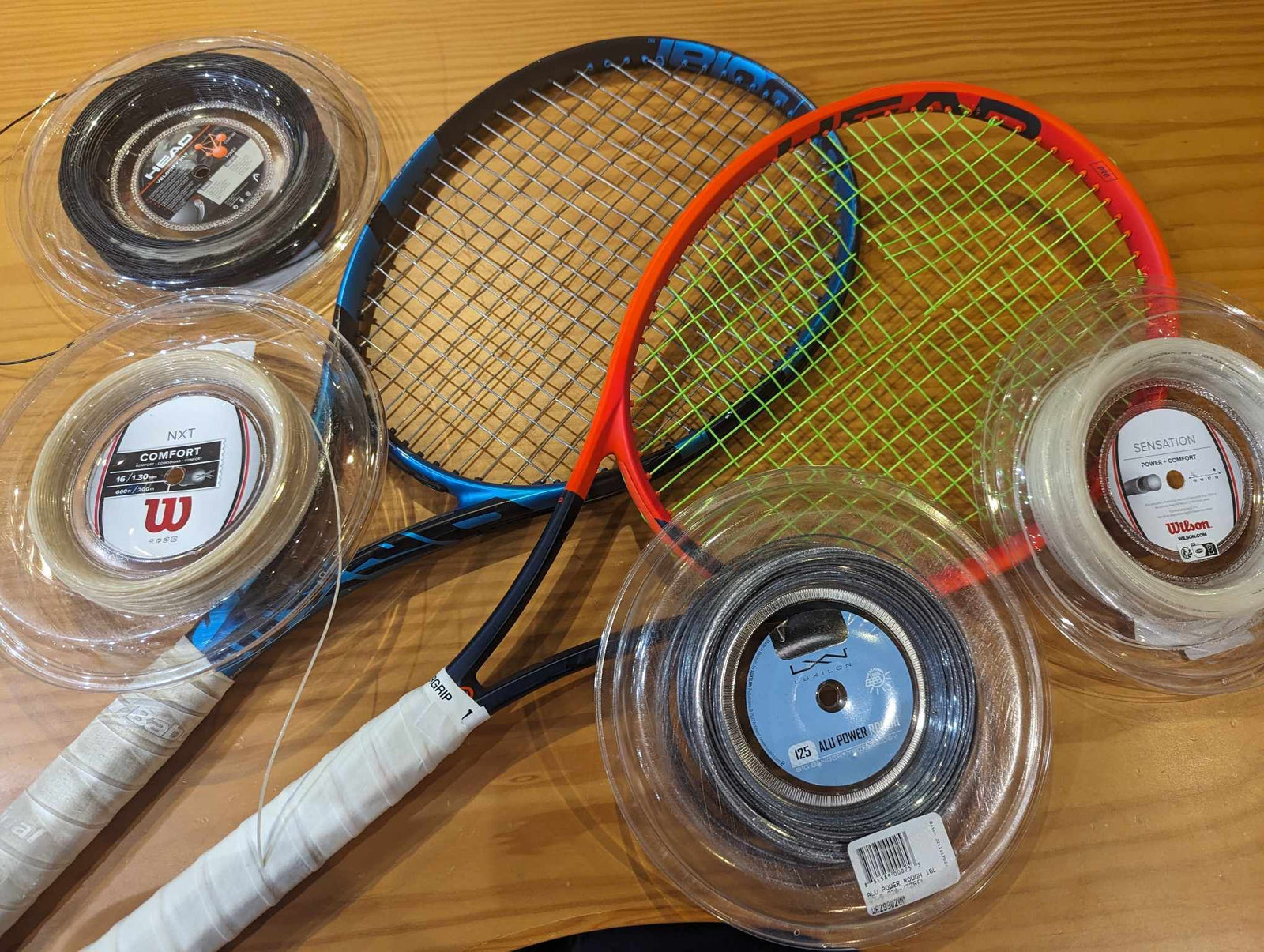Tennis, a sport of precision and power, relies heavily on the equipment wielded by its players. Among the crucial components of a tennis player's arsenal is the racket, a tool finely tuned to deliver controlled strikes and powerful shots. However, within this framework lies a subtle yet vital element often overlooked: the strings. Like the strings of a musical instrument, tennis strings play a pivotal role in the performance of a racket, influencing everything from spin generation to ball control. But how often should one change these strings to maintain peak performance on the court?
The frequency of string changes varies depending on several factors, including playing style, frequency of play, and personal preference. Let's delve deeper into these considerations to understand the optimal string maintenance routine for tennis enthusiasts.
-
Playing Style: The manner in which a player approaches the game greatly impacts the wear and tear experienced by their racket strings. Aggressive players who frequently employ topspin and power shots may subject their strings to greater stress, leading to quicker deterioration. Conversely, players with a more conservative style might find their strings lasting longer due to reduced strain.
-
Frequency of Play: How often one plays tennis also dictates the longevity of racket strings. Regular players who hit the court multiple times a week are likely to notice string tension loss and fraying sooner than occasional players. As a general rule, the more frequently you play, the more frequently you may need to change your strings to maintain optimal performance.
-
Personal Preference: Some players are more sensitive to changes in string tension and performance than others. While one player may not notice a significant decline in playability until the strings are visibly worn, another may prefer the consistent feel and responsiveness of fresh strings and opt to change them more frequently.
So, how often should you change your tennis strings? While there is no one-size-fits-all answer, here are some guidelines to consider:
- Every 20-30 hours of play: For regular players hitting the court multiple times per week, a string change every 20-30 hours of play is a good starting point. This interval helps maintain consistent performance and prevents a noticeable decline in playability.
- Monitor string condition: Pay attention to signs of string wear such as fraying, loss of tension, or decreased spin control. If you notice any of these indicators, it may be time to restring your racket, regardless of the hours played.
- Consider your playing style: Adjust your string change frequency based on your playing style and the level of performance consistency you desire. Aggressive players or those who rely heavily on spin may benefit from more frequent string changes to ensure optimal playability.
In conclusion, the frequency of string changes for your tennis racket is a personalised decision influenced by various factors including playing style, frequency of play, and personal preference. By understanding these factors and monitoring the condition of your strings, you can ensure that your racket performs at its peak whenever you step onto the court.

